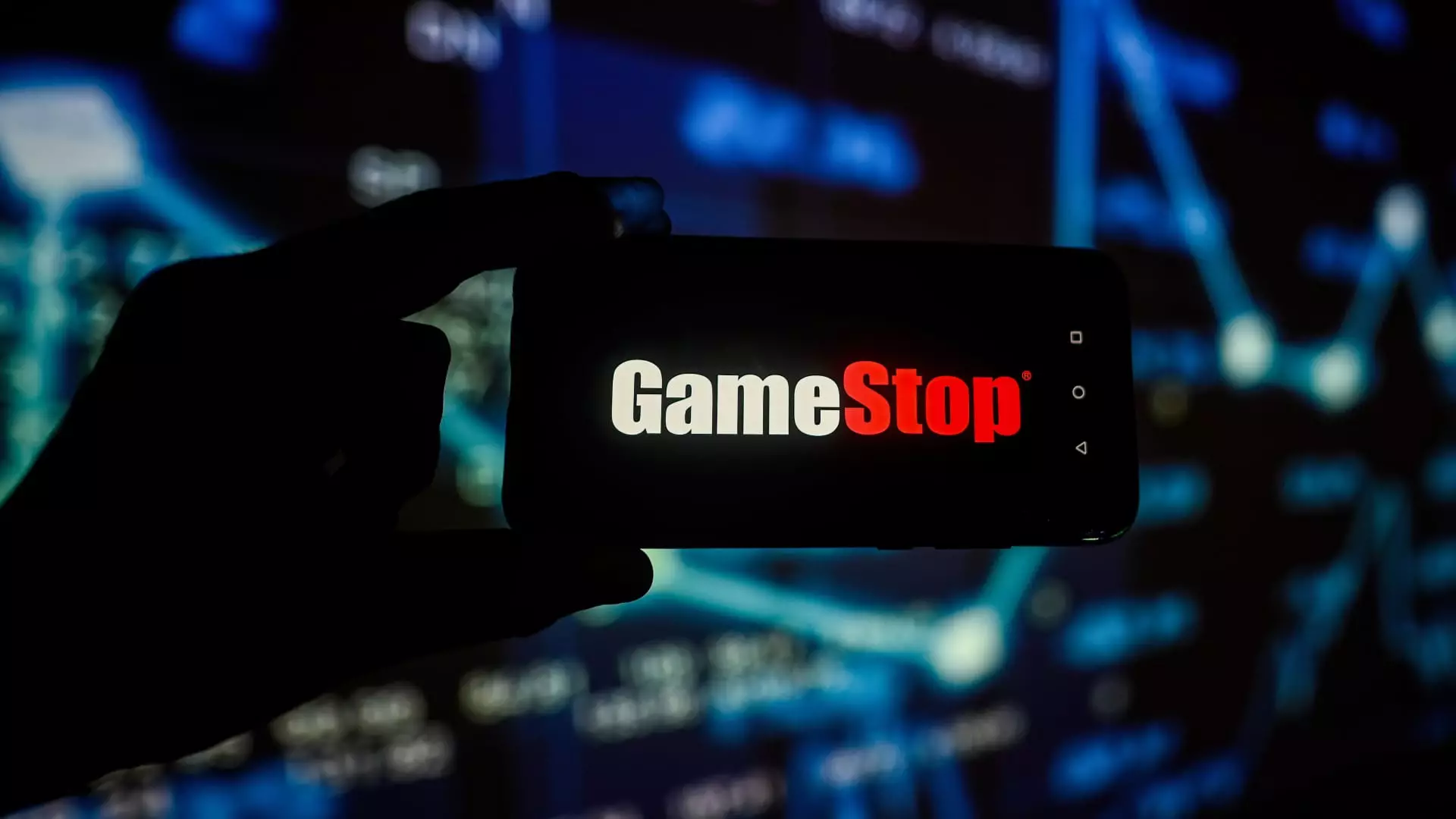The recent resurgence of “Roaring Kitty” on social media platforms has once again ignited a speculative rally in GameStop shares. The mysterious image shared by Roaring Kitty depicting a man in a chair leaning forward was enough to trigger a buying frenzy among amateur traders. This led to GameStop shares soaring to as high as 110%, accompanied by numerous trading halts due to volatility.
Despite the excitement surrounding GameStop’s stock price surge, fundamental concerns about the company remain. From a fundamental standpoint, GameStop, a brick-and-mortar video game retailer, is not deserving of such a drastic increase in its stock price. Recent reports indicate that GameStop has been cutting jobs to reduce costs and has reported lower fourth-quarter revenue in the face of growing competition from e-commerce-based competitors.
Wedbush analyst, Michael Pachter, expressed skepticism about GameStop’s ability to be profitable, stating that the company made only $6 million last year and is expected to incur significant losses going forward. Pachter also highlighted that GameStop lacks a clear plan to drive revenue or profits, with its core business showing signs of decline. Consequently, Pachter holds an underperform rating on GameStop and has set a price target of $5.60, significantly lower than the recent peak of $38.20.
The recent surge in meme stocks, including GameStop, comes at a relatively quiet time in the broader market. With the first-quarter earnings season winding down and the next Federal Reserve policy meeting approaching, investors are closely monitoring market volatility. The Cboe Volatility Index (VIX), which serves as Wall Street’s fear gauge, has fluctuated but is currently around 13, indicating relatively low levels of market volatility.
While some market participants, such as Jeff deGraaf of Renaissance Macro Research, are not actively involved in the GameStop trade, they are monitoring the wild swings in meme stocks. DeGraaf emphasized the importance of selling overbought downtrends, indicating a cautious approach to speculative trading.
The resurgence of meme stocks, driven by the renewed interest in GameStop, has raised concerns about the broader market’s stability. The shift in investor sentiment towards speculative trading could potentially impact market dynamics, especially amidst changing expectations regarding interest rates. Bernstein analyst, Mark Schilsky, even suggested that a drastic increase in interest rates might be necessary in response to the current market conditions.
While the return of “Roaring Kitty” and the subsequent surge in GameStop shares have captured the attention of many traders, it is essential to remain vigilant about the underlying fundamentals of the companies involved. Speculative rallies in unprofitable companies often lead to sharp declines, emphasizing the importance of due diligence and risk management in volatile market environments.

